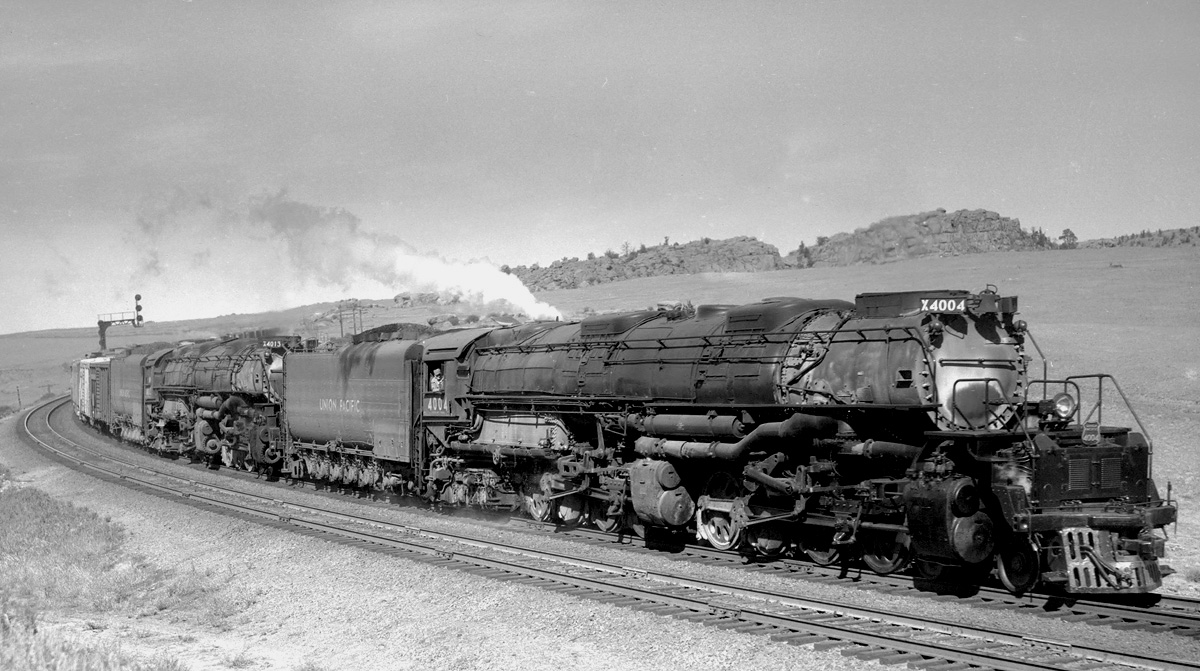Theoretically, could an 844-4014-3985 triple header ever happen?
As I was experimenting with various consists on TrainzItalia's Sherman Hill route, I had an interesting question which I will now ask:
With the lineup of 1472 day inspection cycles, would it ever be possibly for there to be a triple header of UP 844, 4014, and 3985? Basically, it seems like by the time 3985 is ready for service again (probably 2021-2022?), 844 might be down for its 1472 again. What do you think?
As I was experimenting with various consists on TrainzItalia's Sherman Hill route, I had an interesting question which I will now ask:
With the lineup of 1472 day inspection cycles, would it ever be possibly for there to be a triple header of UP 844, 4014, and 3985? Basically, it seems like by the time 3985 is ready for service again (probably 2021-2022?), 844 might be down for its 1472 again. What do you think?
Last edited:



